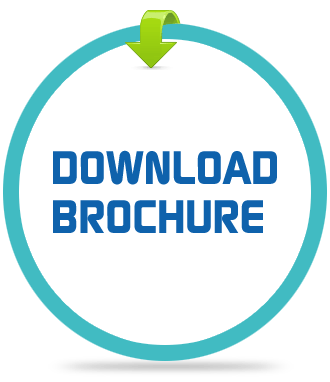
S.M. Rathnasiri Bandara
University of Peradeniya, Sri Lanka
Title: Effects of paranasal sinus air suction on acute migraine using a portable air sucker – A randomized, double blind study
Biography
Biography: S.M. Rathnasiri Bandara
Abstract
Introduction:
Migraine is a primary headache disorder and is the most common disabling primary headache disorder that occurs in children and adolescents. This study evaluated the effects of paranasal air suction using a portable air sucker on headache relief and other migraine symptoms such as photophobia, phonophobia, numbness over face and scalp, nausea/vomiting and generalized tiredness/weakness of the body and side effects up to 24 hours.
Methodology:
A randomized, double blind control clinical trial was conducted with 86 Sri Lankan school children of age 16 – 19 years, who met International Headache Society criteria for migraine (with or without aura). They were randomly allocated into 2 groups where one group was subjected to three intermittent ten second paranasal air suctions using a portable air sucker with a ten second suction free interval between two suctions for each nostril. The other group was subjected to placebo air suction (no paranasal air suction) in a similar arrangement. severity of headcahe, left and right scalp and supraorbital tenderness, photophobia, phonophobia, numbness over the face and scalp , nausea/vomiting and generalized tiredness/weakness of the body before and after suction were recorded using standard pain rating scale and were monitored for 24 hour period.
Results:
There was a significant reduction in severity of headcahe, left and right scalp and supraorbital tenderness, photophobia, phonophobia, nausea/vomiting and generalized tiredness/weakness of the body in the treatment group compared to control group and these symptoms did not recur within the initial 24 hour period. There were no significant side effects recorded during the 24 hour observation period.
Conclusion:
This is pilot study showed that paranasal air suction for 60 seconds using a low pressure portable air sucker gave considerable immediate benefits and the benefit lasted for 24 hour period without side effects. Further studies are needed with a larger sample to confirm these results.
Recent Publications:
1. Bandara SMR, Samita S, Kiridana AM, Ralapanawa DMPUK, Herath HMMTB. Paranasal sinus air suction for immediate pain relief of acute migraine - a randomized, double blind pilot study. BMC Neurol. 2019; 19(1):248-248. Doi: 10.1186/s12883-019-1486-0.
2. Rathnasiri Bandara SM. Paranasal sinus nitric oxide and migraine: A new hypothesis on the sino rhinogenic theory. Medical Hypotheses. 2013; 80(4):329-340. doi:10.1016/j.mehy.2012.12.001.
3. Klapper J, Lucas C, Røsjø Ø, Charlesworth B, ZODIAC study group. Benefits of treating highly disabled migraine patients with zolmitriptan while pain is mild. Cephalalgia. 2004;24(11):918-924. doi:10.1111/j.1468-2982.2004.00735.x
4. Headache Classification Committee of the International Headache Society (IHS). The International Classification of Headache Disorders, 3rd edition (beta version). Cephalalgia. 2013;33(9):629-808. doi:10.1177/0333102413485658.
5. Saunders B, McGeeney BE. Pharmacological Management of Migraine. In: Sinus Headache, Migraine, and the Otolaryngologist. Vol 6. Cham: Springer International Publishing; 2017:37-64. Doi:10.1007/978-3-319-50376-9_4.

